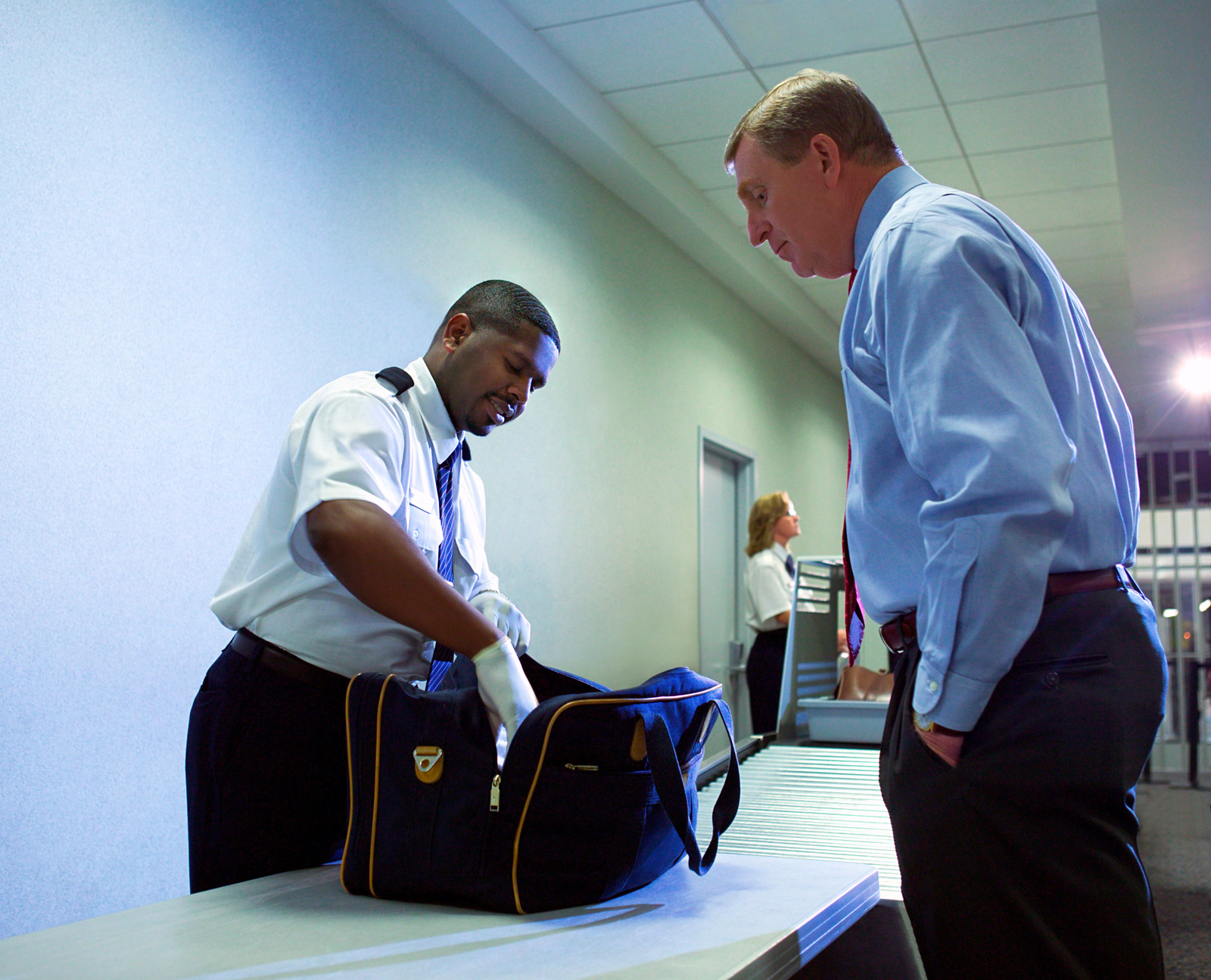TSA recently released new guidelines for passengers that would reduce the amount of contact agents would have with travelers and their personal items.
The updated procedures will require passengers to place their carry-on food items into a clear plastic bag and place that bag into a bin.
TSA agents will no longer touch boarding passes, small personal items will be put in carry-on bags instead of bins, and from now on, security agents will treat food and snacks for the same way as liquids.
“Food items often trigger an alarm during the screening process; separating the food from the carry-on bag lessens the likelihood that a TSA officer will need to open the carry-on bag and remove the food items for a closer inspection,” a statement on the website reads. “This requirement allows social distancing, reduces the TSA officer’s need to touch a person’s container of food, and reduces the potential for cross-contamination. TSA Precheck members do not need to remove items from their bags.”
This isn’t something new from the TSA. The agency announced similar food changes in 2018 at various airports, although it was just a recommendation. At the time, TSA spokesperson Mike England told the Washington Post that food can look like explosives in the scanners.
“It is the container or wrapper, not the food,” Jeff Hall, a senior consultant at the information security and privacy company Wesbey Associates, told the Matador Network. “I have been stopped a number of times in the precheck line due to the aluminum-coated wrappers on my ThinkThin protein bars. Since the x-ray machine cannot see through the metallic wrapper, it looks like contraband or, worse, explosives.”
In addition to squeezing your snacks into a plastic bag ahead of time, click here to see the approved food list to save you both time and a possible headache during your screening.





